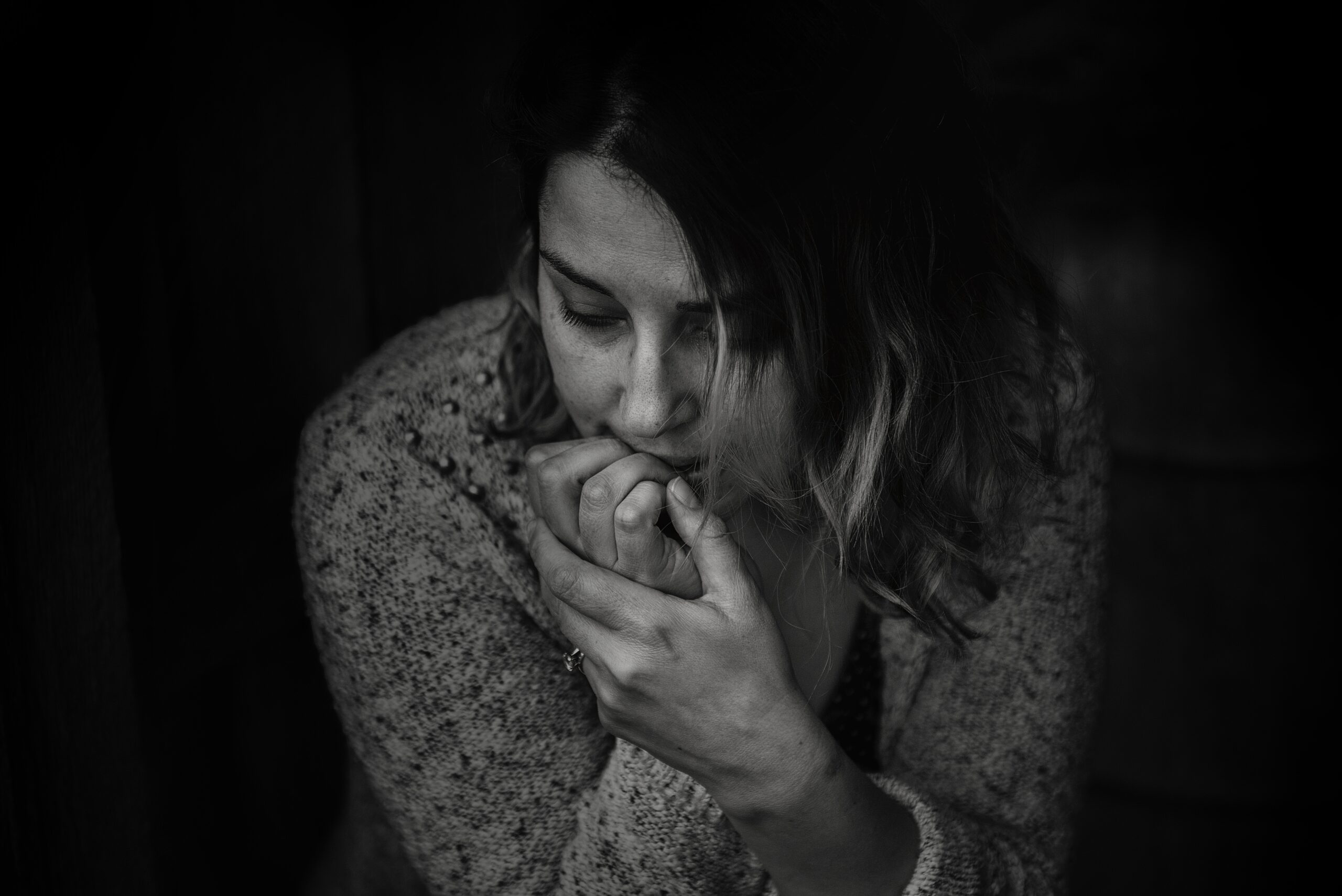
Anxiety is a psychological and physiological response to stress or perceived threats. It is a normal and often adaptive human emotion that prepares us to face challenging or dangerous situations. However, when anxiety becomes excessive, uncontrollable, and interferes with daily life, it can be considered an anxiety disorder.
Anxiety is characterized by feelings of unease, worry, fear, or apprehension. It can manifest in various ways, such as excessive thinking or rumination about future events, difficulty concentrating, restlessness, irritability, muscle tension, sleep disturbances, and physical symptoms like increased heart rate, sweating, and shortness of breath.
There are several types of anxiety disorders, including generalized anxiety disorder (GAD), panic disorder, social anxiety disorder, specific phobias, and separation anxiety disorder. Each type has its specific features and criteria for diagnosis.
While the exact causes of anxiety disorders are not fully understood, they are believed to result from a combination of genetic, environmental, and psychological factors. Traumatic experiences, family history of anxiety, brain chemistry imbalances, and certain medical conditions can contribute to the development of anxiety disorders.
Treatment for anxiety disorders may involve a combination of therapy, such as cognitive-behavioral therapy (CBT), medications, and self-help strategies. CBT helps individuals identify and change negative thought patterns and behaviors associated with anxiety. Medications like selective serotonin reuptake inhibitors (SSRIs) or benzodiazepines may be prescribed in some cases.
It’s important to note that occasional feelings of anxiety are a normal part of life, but if anxiety becomes chronic, overwhelming, or disrupts daily functioning, it’s advisable to seek professional help for proper diagnosis and treatment.
See More on Video

Over Throwing Anxiety a complete program to treat anxiety effectively. It guides you to learn the ways to find, understand, and accept the main cause of your anxiety and start using the techniques provided in it to treat the problem.